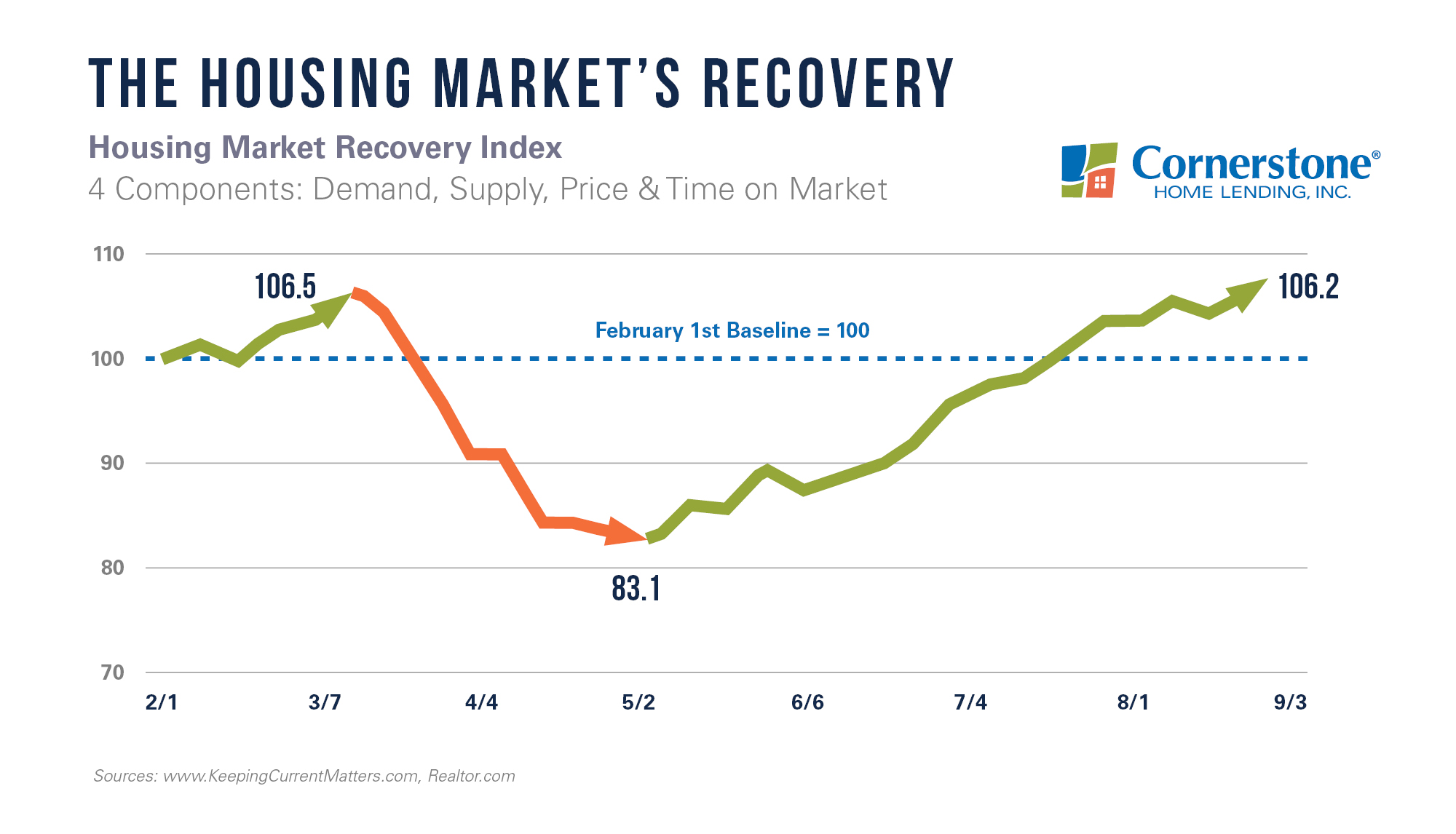Low Mortgage Rates: A Catalyst For Canada's Housing Market Recovery?

Table of Contents
The Impact of Low Mortgage Rates on Affordability
Low mortgage rates significantly influence the affordability of homes in Canada. This impact is a double-edged sword, offering both benefits and drawbacks.
Increased Purchasing Power
Lower interest rates translate directly into lower monthly mortgage payments. This increased purchasing power makes homeownership more attainable for a wider range of potential buyers, potentially stimulating demand across the Canadian housing market.
- Reduced monthly mortgage payments: Buyers can now afford to consider properties previously out of reach.
- First-time homebuyers benefit significantly: The lower barrier to entry opens up opportunities for those entering the market.
- Offsetting rising costs: Low rates can help mitigate the impact of increasing property taxes and other homeownership expenses.
Competition and Price Increases
While low mortgage rates increase affordability for some, they also fuel competition. Increased demand, driven by the accessibility afforded by lower rates, can lead to bidding wars and ultimately, escalating property prices. This effect can negate some of the initial affordability benefits, particularly in already competitive markets.
- Bidding wars become more frequent: Multiple offers on desirable properties become the norm, pushing prices higher.
- Higher property prices impact accessibility: The benefits of low rates are offset by rising costs, making homeownership harder for some.
- Affordability depends on price increase vs. rate decrease: The net impact on affordability hinges on the balance between lower rates and faster price growth.
The Role of Low Mortgage Rates in Stimulating Economic Activity
Beyond individual affordability, low mortgage rates have broader economic implications, influencing various sectors and job creation within Canada.
Increased Construction and Job Creation
A more active housing market directly correlates with increased construction activity. This translates into a boost in employment across several sectors.
- Demand for construction materials and services rises: This creates jobs in manufacturing, transportation, and supply chains.
- New jobs in related industries: Interior design, landscaping, and other home-related services see increased demand.
- Positive ripple effects throughout the economy: The increased economic activity from construction spills over into other industries.
Impact on Related Industries
The positive effects of a healthy housing market extend far beyond construction. Several ancillary industries experience growth as a result.
- Increased demand for home furnishings and renovations: Furniture stores, appliance retailers, and renovation contractors all benefit.
- Growth in moving and relocation industries: More people buying and selling homes translates into increased business for moving companies.
- Positive impacts on local economies and businesses: Local businesses supporting the housing market see increased revenue.
Potential Risks and Challenges Associated with Low Mortgage Rates
While the benefits of low mortgage rates are apparent, potential risks and challenges must be acknowledged.
Increased Household Debt
Low rates can encourage buyers to borrow more, leading to a rise in household debt levels. This makes homeowners more vulnerable to interest rate fluctuations.
- Higher debt-to-income ratios increase financial risk: This can strain household budgets if rates rise.
- Vulnerability to future interest rate increases: A sharp increase in rates could lead to mortgage payment stress.
- Potential for a housing market correction: A sudden surge in rates can trigger a market downturn.
Speculative Investing
Attractive low mortgage rates can draw speculative investors, potentially inflating prices artificially and creating housing market bubbles in certain regions.
- Increased risk of a market correction driven by speculation: This can lead to instability and price volatility.
- Potential for unsustainable price growth: Prices may not reflect actual market value, leading to a correction.
- Responsible lending practices are crucial: Stricter lending guidelines can help mitigate the risk of speculative bubbles.
Conclusion
Low mortgage rates significantly influence Canada's housing market dynamics. While they can boost affordability, stimulate economic activity, and potentially trigger a market recovery, they also pose risks, including increased household debt and the potential for unsustainable price growth. Understanding this complex interplay is crucial for buyers, sellers, and policymakers alike. Before making significant financial decisions, consult a financial advisor to assess your personal situation and understand the potential implications of current low mortgage rates. Stay informed about changes in Canada's mortgage rate landscape to make the most informed choices regarding your housing needs. Careful planning and awareness of the current low mortgage rates in Canada are essential for navigating this market successfully.

Featured Posts
-
 Exposition Artistique Recit D Une Rencontre Avec Sylvester Stallone
May 12, 2025
Exposition Artistique Recit D Une Rencontre Avec Sylvester Stallone
May 12, 2025 -
 Resistance Mounts Car Dealerships Push Back Against Ev Mandates
May 12, 2025
Resistance Mounts Car Dealerships Push Back Against Ev Mandates
May 12, 2025 -
 Omagiu Lui Thomas Mueller Bayern Munchen Sarbatoreste O Legenda
May 12, 2025
Omagiu Lui Thomas Mueller Bayern Munchen Sarbatoreste O Legenda
May 12, 2025 -
 Ufc Champ Valentina Shevchenko Dismisses Manon Fiorot I Dont Care About Her
May 12, 2025
Ufc Champ Valentina Shevchenko Dismisses Manon Fiorot I Dont Care About Her
May 12, 2025 -
 Tom Cruises Unfulfilled Role And A 1 Debt To Tom Hanks
May 12, 2025
Tom Cruises Unfulfilled Role And A 1 Debt To Tom Hanks
May 12, 2025
